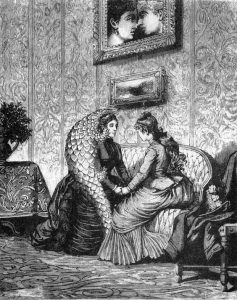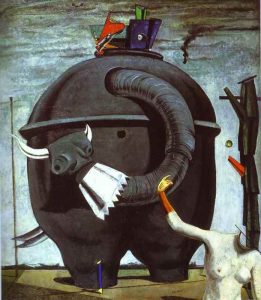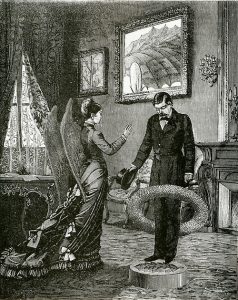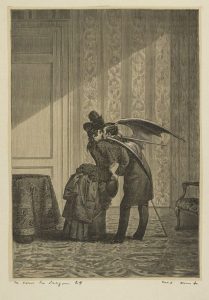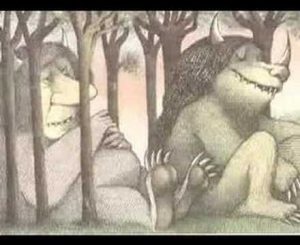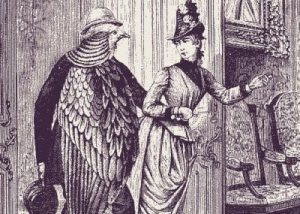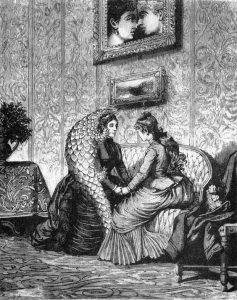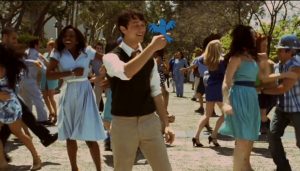For today’s post I wanted to focus on the Dada Movement and Surrealism because it is something that I have always been intrigued by when studying Modern Art History. I also wanted to understand the movement and it’s relationship with Max Ernst and Une Semaine de Bonté.
Dada was an art movement that Ernst was very involved in that was developed as a reaction to the changing world following WWI. They were an “anti-art” movement and this was also a common theme in Surrealism. I am focusing on this idea of “anti-art” because I think it is clearly evident in Ernst’s collages and art. He takes the typical human form in the Victorian Era and completely adapts it to his own vision. Whether it is adding wings to a female body or a lions head to a man, he is going against what would normally be seen in depictions of human beings and creates “anti” human beings.
This then peaked my interest further as I considered what his reaction was to the Victorian Era itself? He is depicting these powerful individuals in compromising situations, as beasts, and he even contrasts situations on opposing pages. I think that you can look at the book as his reaction to society during that time, and how he responds to what is going on both in and out of the city. Thinking back to the Dada movement and Surrealism, these artists were in general reacting to WWI, but then applied it to varying situations that they were experiencing in the world.

